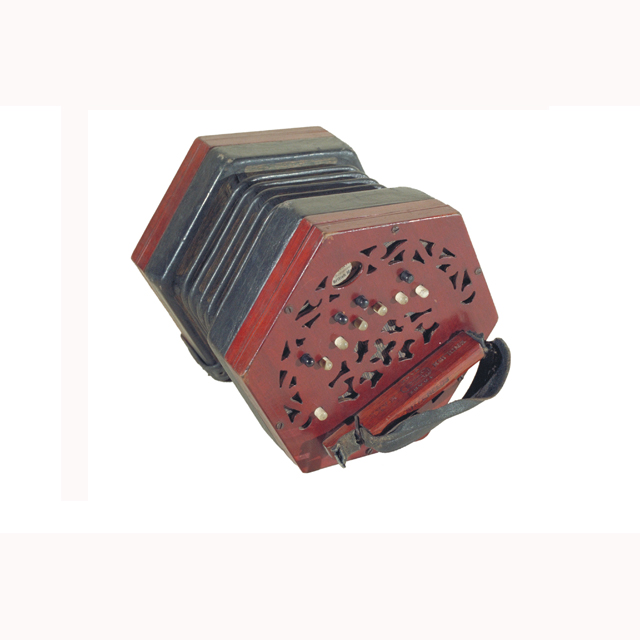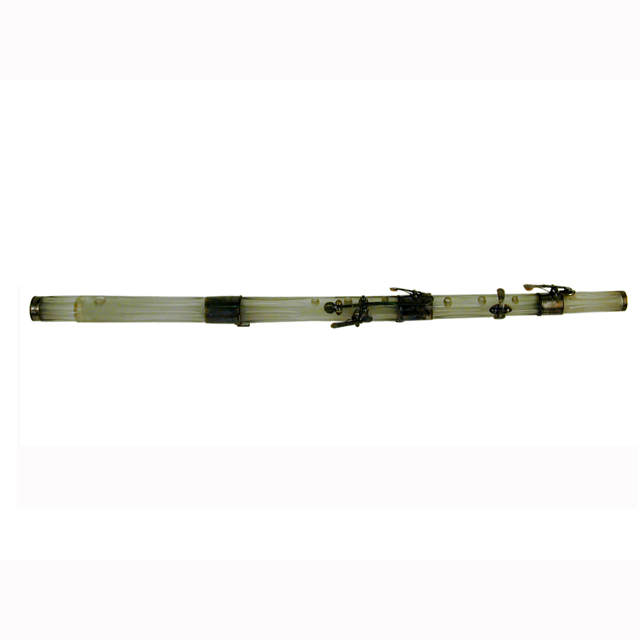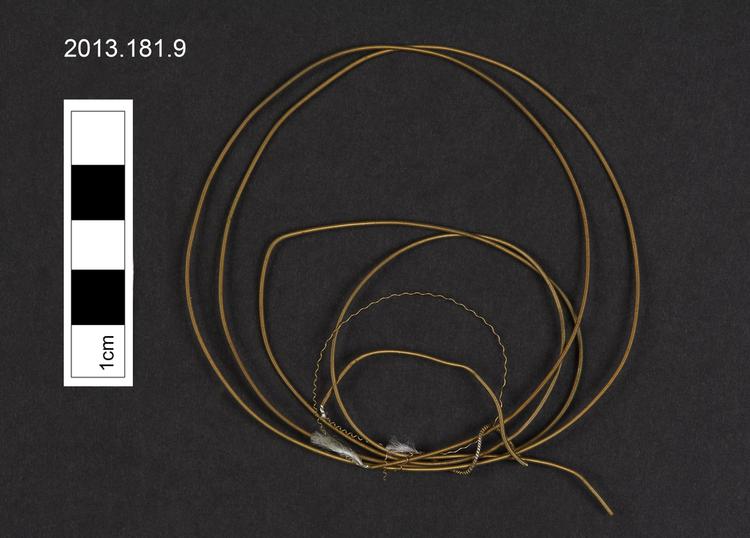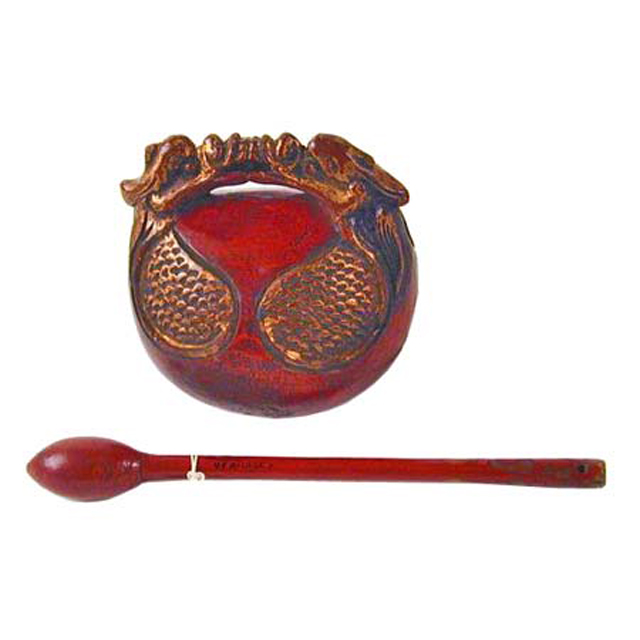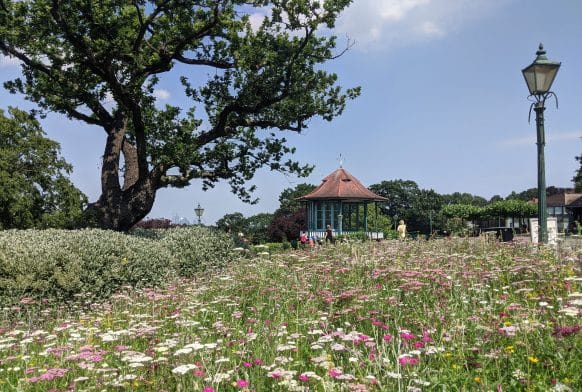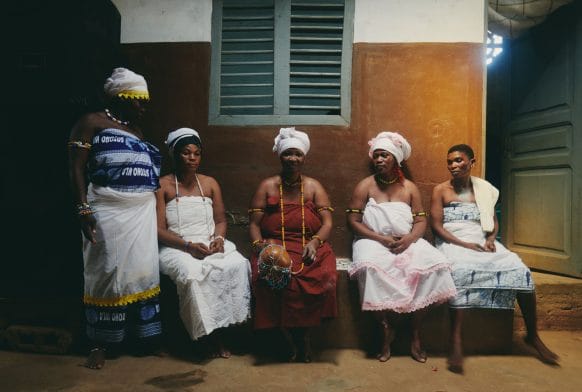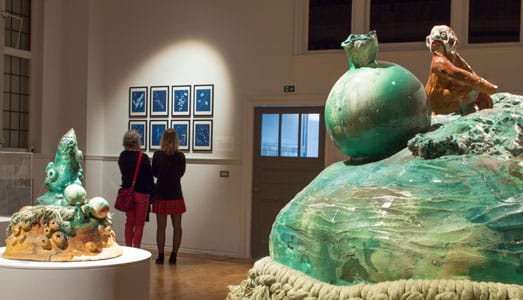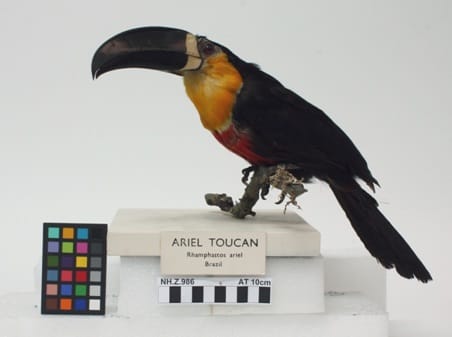Royal Kent bugle. Index card reads: Copper, with undecorated brass bell garland and brass keys and mouth-pipe. Six keys. Inscription engraved on bell with "Royal Kent Bugle". Cover plate of B natural key engraved; R.C.; About 1827
The keyed bugle was invented in 1810 by Joseph Haliday, bandmaster of the County Cavan Militia in Ireland. Shortly after the instrument's invention, the patent rights were sold to Matthew Pace, a Dublin instrument maker and the father of Fredrick Pace, who made this instrument. In 1813, an instruction tutor for the keyed bugle was published by J.B. Logier. The volume was entitled 'Introduction to the Art of Playing on the Royal Kent Bugle' and was dedicated to the Duke of Kent, who was commander-in-chief of the British Army. Stamping 'Royal Kent Bugle' onto these instruments proved a canny marketing device, as it capitalised on the loyalties of British bandsmen. However, it was almost certainly thought up by Logier rather than Haliday, as Haliday was an ardent Irish nationalist.



